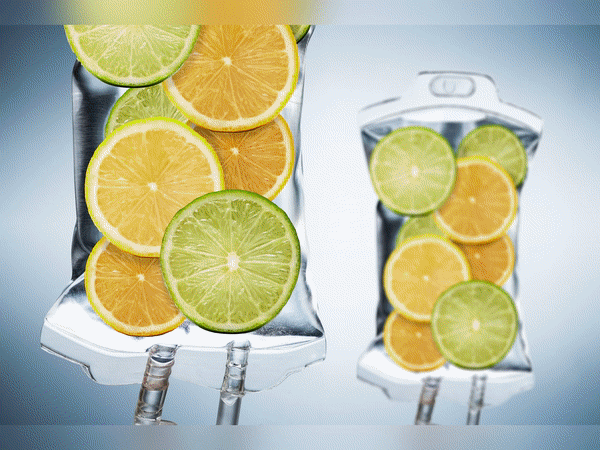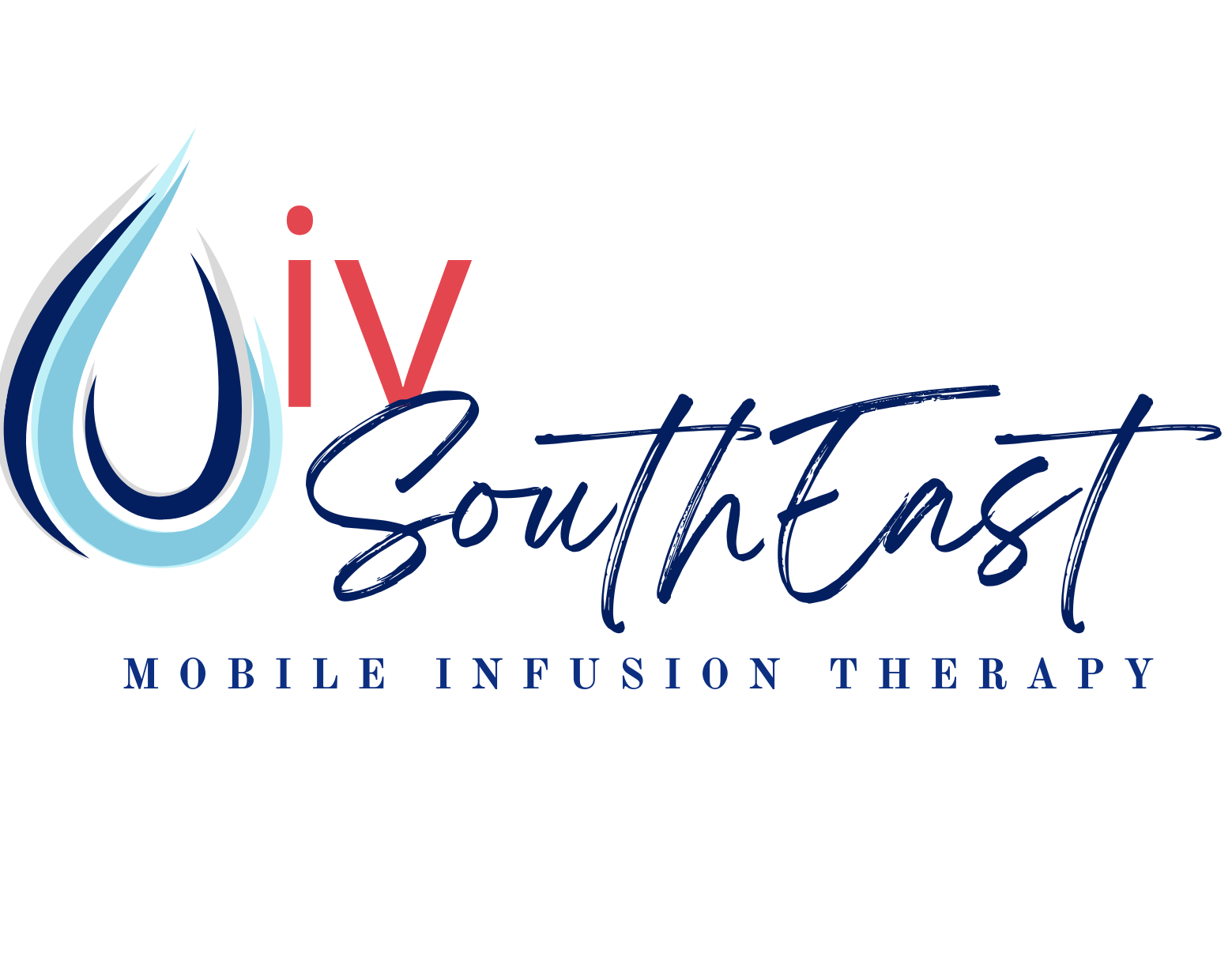What is IV Hydration and Nutritional Therapy?

May 23, 2022 | Rhonda Jones, MSN, LNP-BC
IV nutrient therapy has become a very popular way in recent years as a very effective way of obtaining whole-body health. It is a quick and easy way of receiving essential fluids loaded with electrolytes, vitamins, minerals, amino acids and other vital nutrients that are blended together and given in a way that is all completely 100% used by the body. There are several different names IV therapy has been referred to by, such as IV nutrient therapy, IV hydration therapy, IV vitamin therapy, etc. Regardless of how it is called, the purpose is to deliver the aforementioned micronutrients in fluids into the body to improve its state of health and overall well-being.
Let’s start with the basics…….
IV stands for intravenous, which means that micronutrients are administered from a sterile bag of fluids through a small catheter into a vein, usually in the arm or back of the hand. This is a safe, efficient procedure that should be performed by a licensed, experienced clinical professional. Most IV infusions are performed in a medical spa/clinical office setting, which the individual has to go to get their infusion. IV Savannah is completely mobile, giving the option of bringing infusions and/or injections to the individual at their place of choice. This is especially desired if the individual is not feeling well, run down, or does not have the energy or time in their schedule to go to the to clinic for the infusion.
IV therapy is not a new concept, starting in the early 1980’s by the late Dr Myers. His IV blend of vitamins and minerals, “The Myer’s Cocktail” played a major role in popularizing and bringing this type of therapy to individuals as an personal option for the care of their health. Since then, as benefits for IV therapy have been found, it has become tremendously popular everywhere, especially in populated cities and vacation destinations.
IV therapy works specifically by bypassing the gastrointestinal (GI) system, delivering 100% of micronutrients directly into the bloodstream. In contrast, oral substances, including vitamins and minerals, have to be broken down by the GI enzymes and absorbed through the intestinal walls, then to the liver for more processing before it goes to the rest of the body for utilization. A good percentage is not absorbed and gets excreted out, generally wasted. There are other factors that play a role in absorption including age, genetics and health of the GI tract. Ultimately, the body does not derive the full benefits of the micronutrients that are taken orally.
Some of component of IV micronutrient infusions include: Vitamins C, B12 and rest of the B vitamins, Folic Acid, Calcium, Magnesium, Zinc, Selenium, Biotin, NAD+, electrolytes such as sodium and amino acids. Also some of the biggest players in the world of antioxidants are options such as glutathione. The blend of these ingredients depends upon the needs of the individual and their health goals. Occasionally, through a qualified licensed clinical professional, some medications also can be provided for short term problems such as migraine headaches or “hangovers”.
There are several reasons to consider getting IV micronutrient therapy. A person considering getting this therapy should discuss it with a healthcare provider, who can recommend the combination blend to meet the person’s healthcare goals, review the risk and benefits and develop the plan of care. It is alway a good idea to discuss iv therapy with their own healthcare provider first if they desire medical clearance or reassurance.
Some of the reasons people seek IV therapy include, but not limited to: immune boost, energy boost, athletes before or after major sporting events, hungover from excessive partying, migraine headaches or other short-term pain issues, weight loss, destress/antianxiety, anti-aging, and dehydration. IV therapy is known to help with mood issues such as depression and anxiety, and premenstrual and menstrual discomfort.
Generally speaking, IV infusions are very well tolerated and low risk to one’s health.
Occasionally someone may experience side effects such as nausea and dizziness, but these are generally mild and short-lived. A good healthcare assessment should be performed by the clinical professional prior to performing the infusion. Some infusions are for a single purpose such as migraine headache relief, while others are performed every one to two weeks for continuous delivery of these essential nutrients for optimal state of health.


This was a great and interesting article to read. I have really enjoyed all of this very cool and fun information. Thanks
Thank you very much